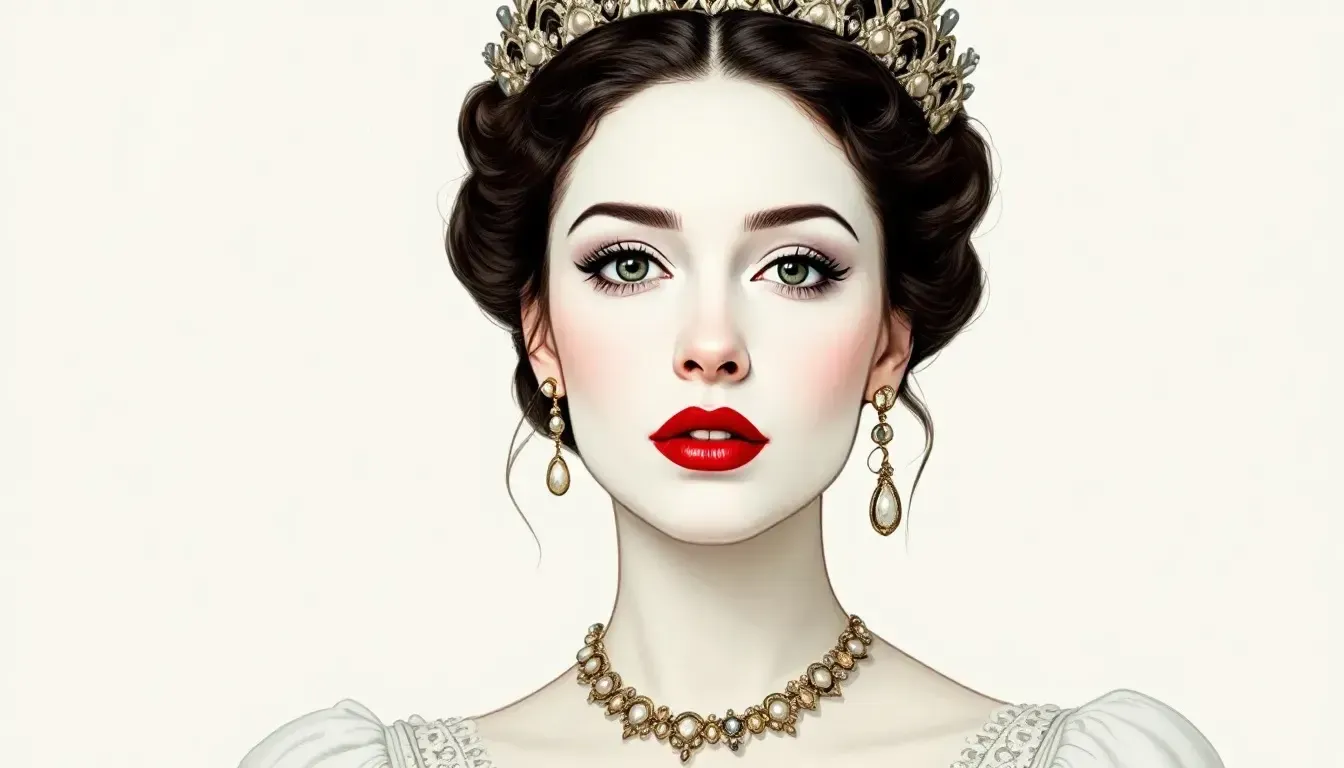When Beauty Became Poison

Rea,
Have you noticed how beauty trends come and go? What’s considered beautiful changes over time, but the pressure to look a certain way has always been there. In the 1500s, pale skin was the beauty standard in Europe. It showed you were wealthy enough to stay indoors instead of working in the fields.
No one felt this pressure more than Queen Elizabeth I of England. When she became queen in 1558 at age 25, she was known for her fair skin and red hair. But as she grew older, she faced a choice: should she age naturally, or try to maintain her youthful appearance?
Elizabeth chose a makeup called “Venetian ceruse” - a white paste made from lead and vinegar. She didn’t know this choice would start a dangerous cycle affecting her for life.
Every day, Elizabeth applied this lead paste to her face, neck, and chest. She added red vermilion (containing mercury) to her lips and cheeks. At first, the makeup gave her the perfect pale look everyone admired. But over time, the lead damaged her skin, causing scars and wrinkles.
The more her skin became damaged, the more makeup she applied to cover it. By the 1590s, when she was in her 60s, historians report she wore up to half an inch of makeup. The lead was also poisoning her body, causing hair loss (which she hid with wigs) and decaying teeth.
Elizabeth continued using the makeup until her death in 1603 at age 69. She was trapped - the very product she used to look beautiful was making her less beautiful, forcing her to use more of it.
This beauty practice spread through the royal court and to wealthy women across Europe. Historians estimate thousands were poisoned by lead makeup over the next two centuries before scientists discovered the connection between lead and illness.
Elizabeth’s story is like a garden where someone uses too much fertilizer. At first, the garden looks better, but eventually, the chemicals damage the soil and the very flowers they were meant to help. Sometimes the things we use to hide our flaws end up making them worse.
Today, we understand that true beauty doesn’t require harmful practices. The standards change, but what remains important is being healthy and true to yourself.
Love, Abba
P.S. Next time you see a beauty trend, ask yourself if people would have thought it beautiful 100 years ago, or if they will 100 years from now. It’s amazing how what’s “perfect” is always changing!

